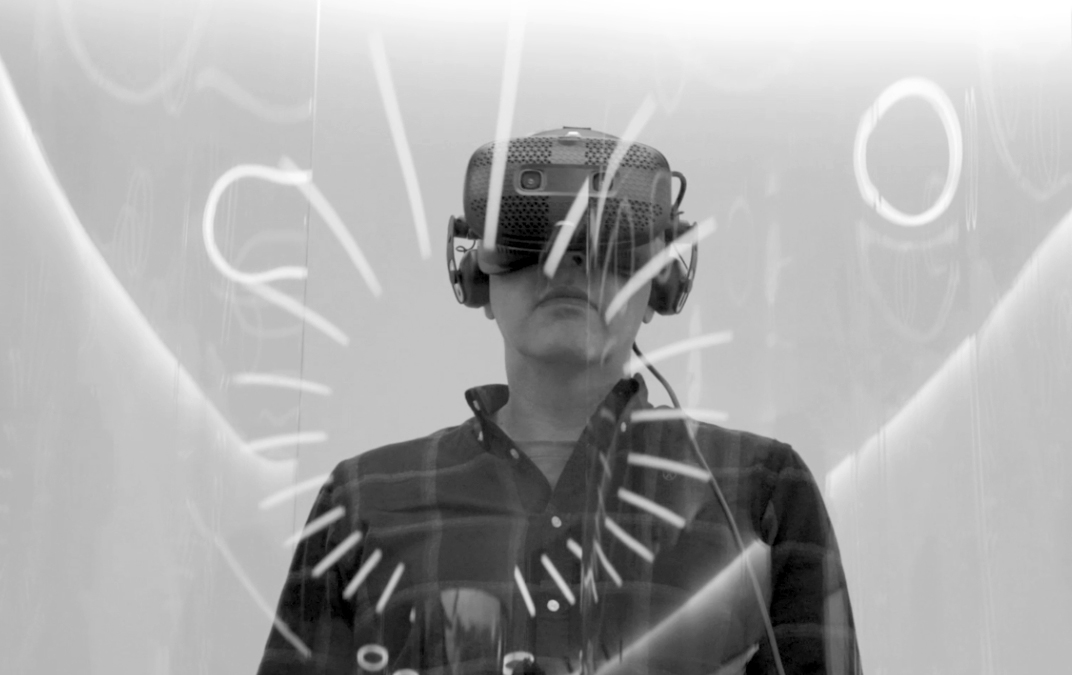(Super) bowl of Experiences
- Date
- Written by Fernando Alonso-Cortés
Every year in February, the marketing community focuses our attention and discourse in the media, social networks and conversations around the Superbowl phenomenon. This is understandable, given that the millionaire audience it has been building –this year it has broken all records– has turned it over the years into "THE" advertising broadcast platform with the greatest global impact. This has progressively attracted the main advertising brands and their agencies, which conscientiously plan ads developed specifically for the occasion.
The study of this phenomenon transcends the professional, even entering the academic field. An example of this is the ranking of Superbowl commercial ratings that the Kellogg School of Management at Northwestern University has been preparing for... 20 years now.
However, in the "Age of Experience," it is surprising how little media focus the Superbowl generates around the possibilities for brand experiences. If we have long agreed that consumers today value brands that deliver experiences more, how is it possible that the Superbowl is not a theater of experiences for brands and their partners to leverage in the same way they do with advertising?
And we're not limited to the experiences at the event itself, although the half-time music shows have themselves become a central part of the event (as this year's R&B king Usher enthroned himself at half-time with a performance for the ages). In addition, we want to highlight the pre-event and post-event possibilities. In other words, encompassing the entire Fan Experience Journey.
It is the possibilities of the Fan Experiences that we want to talk about in this forum. Surely we are not discovering the gunpowder by stating that sports -and entertainment- are areas where emotions are amplified, even irrationally, generating a bowl that combines maximum attention and affinity, of great potential for brands. Thus, if we combine these ingredients with a context -the event in question- that is hyper-amplified, the resulting dish is undoubtedly the most appetizing.
Experiences can be worked on three levels: functional, emotional and social.
• Functional: when the Fan Experience provides a practical and/or rationally arguable added value, for example, pre-sale of tickets, exclusive merchandising or Fast Track access without queuing at the entrance to the event.
• Social: promotes socialization and relational experiences such as direct contact with the protagonists, whether Backstage / VIP passes or Meet & Greet experiences (visit to dressing room / dressing rooms, post-event party...), for example.
• Emotional: those that go beyond the rational and appeal to or enhance the fan's feelings (belonging, passion...). By their nature, they are the most delicate, as their brand footprint is superior.
• Social: fomenta la socialización y lo relacional, con experiencias como el contacto directo con los protagonistas, ya sea pases Backstage / VIP o experiencias Meet & Greet (visita a camerino/vestuarios, fiesta post-evento…), por ejemplo.
• Emocionales: aquellas que traspasan lo racional y apelan o enaltecen los sentimientos del fan (pertenencia, pasión…). Por su naturaleza, las más delicadas, por cuanto su huella de marca es superior.
Well designed, some of the functional and social experiences can be amplified to bring them to the emotional level. For example, by activating more private/exclusive encounters, such as lunch/dinner with the artist.
Technological advances, both in infrastructure (5G networks) and devices (LED video walls, sensorization...) or applications (AR/VR, data analytics...), make it possible to take the world of Brand and Customer Experiences to another dimension. The term "phygical" that we have been hearing so much makes sense. Although strictly speaking they are not essential; the essential thing is to stimulate emotions in such a way that they contribute to the memorability of the experience and therefore print a deeper Brand Footprint.
Here are some examples of how the Fan Experience has been used in a disruptive way by brands consistently and over the years, both in the field of sports and in other entertainment sectors, to illustrate the above:
To start, some classics: Emirates' gamified experiences at SL Benfica's Estádio da Luz. Whether to highlight the capillarity of its routes to Dubai or to promote iconic holiday destinations. Emirates has been engaging club members who come to the stadium and creating a great community show, which is renewed to maintain its appeal.
AT&T and its "Pose with the Pro's" interactive kiosks at the Dallas Cowboys stadium: An interactive experience leveraged on a universal insight: the thrill of taking a picture with favorite players (in this case virtualized) and then sharing it via social networks... Democratized experiences to expand reach and enhance its post-event viralization. All this fits perfectly with the intention to promote its 5G service, essential for the dissemination of high-quality and realistic multimedia content.
Formula 1 has been working to take the Grand Prix experience beyond the event itself. And it has been doing so, among other initiatives, through the "F1 Arcade" concept, themed restaurants in several cities where fans can try multiple video games and simulators, as well as experience the atmosphere of the races and celebrate their passion. A way to expand the points of contact, combining catering and multimedia and virtual entertainment.
Beyond sport, we also highlight the races-contests created by Red Bull for its fans year after year around the world, which amplify the irreverent point of the brand. Whether it's the "flugtags", flying machines that bring to life its slogan "....GIVES YOU WINGS", or its variant on wheels, the soapboxes, rolling jalopies. The brand's values come to life for the enjoyment of its fans and as a counterweight to other more professionalized initiatives (sports sponsorships).
Also how the fan phenomenon in the world of music is being capitalized by brands such as Coca Cola with its Music Experience, driven by the rise of talent shows. Combining the physical experience (2 days of performances by carefully selected artists, punctuated by complementary activities and entertainment) with the digital (streaming to go beyond the limits of physical capacity and time, widespread use of mobile, the brand's app and its pincodes as "currency" to interact in the festival). And all this, amplified by the content and conversation co-created with fans before, during and after the event.
New Generations and Fan Experiences
It goes without saying that new immersive technologies will take Fan Experiences to another temporal and spatial dimension. For example, entities such as the MLB, the PGA Tour or the NBA are already experimenting with Apple Vision Pro-based fan applications, which will bring experiences into the home. While far from being mass-use devices, the managers of these competitions have understood that the sooner they understand how to bring their assets into the realm of new Experiences, the sooner they will bring exponential value to their global fan communities.
This is especially necessary given that the new generations - millennials and zetas - are less likely than their predecessors to attend live entertainment. A recent study by Capgemini found that 2/3 of fans prefer to experience sporting events away from the physical venue where they take place.
In conclusion, brands have in Fan Experiences an unbeatable opportunity to take advantage of the increased emotional footprint that these experiences generate among communities of fans who share passions. When the values of fans and brands coincide, the effect can be exponential. Carefully planning the possibilities they offer throughout the Customer Journey can be the key to making the most of them.
At Beagle, Darwin & Verne's Customer Centricity Business Unit, we navigate alongside brands in pursuit of enhancing the Experience as a strategic brand lever. Shall we set sail?

